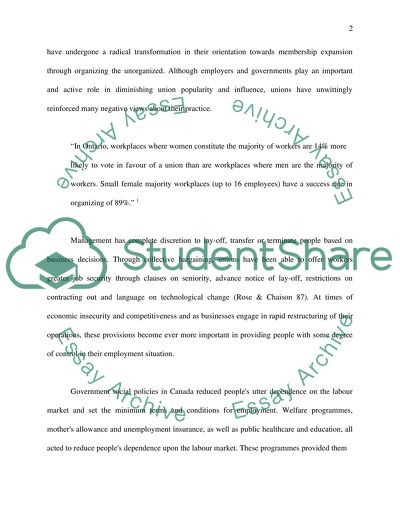Cite this document
(“Labour Relations Essay Example | Topics and Well Written Essays - 3250 words”, n.d.)
Retrieved from https://studentshare.org/sociology/1508517-labour-relations
Retrieved from https://studentshare.org/sociology/1508517-labour-relations
(Labour Relations Essay Example | Topics and Well Written Essays - 3250 Words)
https://studentshare.org/sociology/1508517-labour-relations.
https://studentshare.org/sociology/1508517-labour-relations.
“Labour Relations Essay Example | Topics and Well Written Essays - 3250 Words”, n.d. https://studentshare.org/sociology/1508517-labour-relations.


